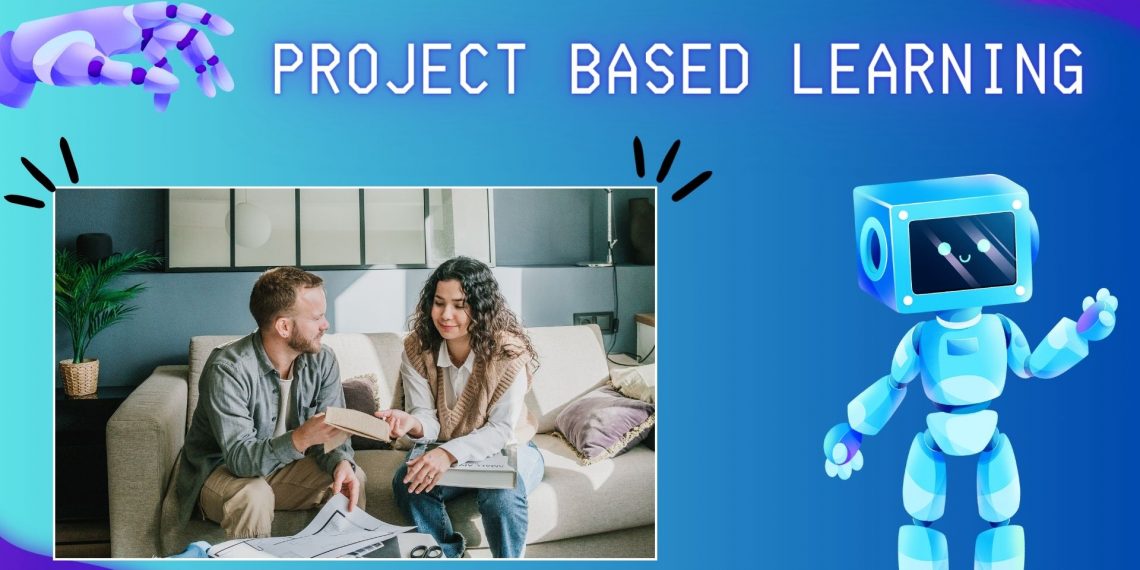Imagine a classroom where students aren’t passively absorbing information from textbooks, but actively engaged in solving real-world problems. They’re collaborating, researching, and thinking critically, all while building a miniature greenhouse or creating a documentary on a local environmental issue. This is the magic of project-based learning (PBL), an instructional approach that’s transforming classrooms around the world.
What is Project-Based Learning?
PBL is a student-centered pedagogy where learning revolves around engaging projects. Students delve into complex questions or challenges, applying their knowledge and skills to find solutions or create something meaningful. Projects are typically open-ended, allowing students to explore different approaches and develop their creativity.
Why PBL Matters
In today’s world, rote memorization just doesn’t cut it. Employers are looking for graduates equipped with critical thinking, problem-solving, collaboration, and communication skills – the very skills PBL fosters. Here’s how PBL empowers students:
- Deeper Learning: PBL goes beyond surface-level knowledge. Students delve into topics, making connections between different subjects and real-world applications. This fosters a deeper understanding and a thirst for further exploration.
- 21st-Century Skills: Collaboration, communication, critical thinking, and problem-solving are essential in today’s world. PBL projects provide a platform for students to develop and refine these crucial skills.
- Increased Engagement: Let’s face it, traditional lectures can be snooze-worthy. PBL injects excitement into learning. Students become active participants, driven by the challenge and purpose of the project.
- Differentiation: PBL caters to diverse learning styles. Students can approach projects in ways that resonate with them, whether it’s through writing, research, building, or creating presentations.
- Ownership and Confidence: Students take ownership of their learning in PBL projects. They make choices, overcome challenges, and experience the satisfaction of creating something unique. This builds confidence and a love of learning.
Getting Started with PBL: A Practical Guide
Ready to unleash the power of PBL in your classroom? Here’s a roadmap to get you started:
- Choose the Right Project: Select projects that align with your curriculum standards, but also spark student interest. Real-world problems or open-ended questions that require research and critical thinking are ideal.
- Planning and Scaffolding: While PBL offers student autonomy, clear guidelines and support are crucial. Develop a project plan with a driving question, key learning objectives, and a timeline with milestones. Provide resources, scaffolds for struggling students, and opportunities for student choice.
- Launch and Inquiry: Set the stage by introducing the project with a captivating hook. Guide students through research strategies, helping them gather information and identify relevant resources. Encourage curiosity and exploration.
- Collaboration and Problem-Solving: Divide students into groups or allow them to self-select based on interests. Facilitate teamwork and communication, providing guidance on conflict resolution and collaborative strategies.
- Project Management and Feedback: Equip students with project management skills. Teach them to set goals, manage their time, and track progress. Provide regular feedback throughout the project, both formative and summative.
- Culminating Products and Presentations: The final stage is where students showcase their learning. Encourage creativity in product development, whether it’s a scientific experiment, a historical reenactment, a documentary, or a website. Culminate the project with presentations, allowing students to share their work with a wider audience (peers, parents, or community members).
Beyond the Project: Reflection and Assessment
PBL doesn’t end with the final product. Dedicate time for reflection. Guide students to ponder on what they learned, the challenges they faced, and how they could approach similar projects differently in the future.
Assessment in PBL is ongoing. Use a variety of methods, including project rubrics, student self-evaluations, peer evaluations, and observations of teamwork and participation.
PBL: A Journey, Not a Destination
Implementing PBL effectively takes time and practice. Embrace the journey, be open to adjustments, and celebrate the creativity and engagement your students bring to the table. Here are some additional tips:
- Start Small: Begin with shorter projects to ease into PBL. As you gain confidence, gradually extend the duration and complexity of projects.
- Seek Inspiration: Connect with other educators who are using PBL. Online resources, workshops, and professional learning communities offer valuable support and ideas.
- Embrace Flexibility: Be prepared to adapt your plans based on student needs and interests. The beauty of PBL lies in its dynamic nature.




